strength, justice, and the number eight
hello, friends. with our next tarot study container starting very soon, i wanted to send out a piece that's been in my drafts for months, one that digs into a topic that pops up often in tarot circles: strength, justice, and the 8/11 of it all.
and if you don't particularly care about tarot history or numerology, but are interested in working with both of these archetypes as lenses we can use to understand the tarot as a whole, you still have time to sign up for resources & resilience!
let's get into it.
while a number of different card decks have been developed throughout the world (and have all influenced each other to some degree), the earliest card packs that resemble our modern-day, allegorical tarot decks likely originated in western europe in the 1400s. these first tarot cards were often expensive and labor-intensive to produce, as they were usually hand-painted or engraved, and might include different specifications depending on who would be using them. and as so often happens with popular things, eventually a printer in france used woodblock presses to mass-produce a tarot deck that could be more affordable, more accessible, and more easily distributed and sold. a tarot deck of the people, one could say.
to mass-print a deck, it must be standardized. and this french woodblock deck, which would come to be known the tarot de marseille, represented one of the most popular tarot patterns and sequences that was circulating at the time. this pattern placed justice as major arcana archetype number eight, and strength as major arcana archetype number eleven.
"evidence of proto-TdM imagery can be found as early as 1500, and the card makers of marseille were undoubtedly influenced by similar patterns out of paris, bologna, and belgium in the 16th and 17th centuries."
— charlie claire burgess, the gay marseille tarot guidebook
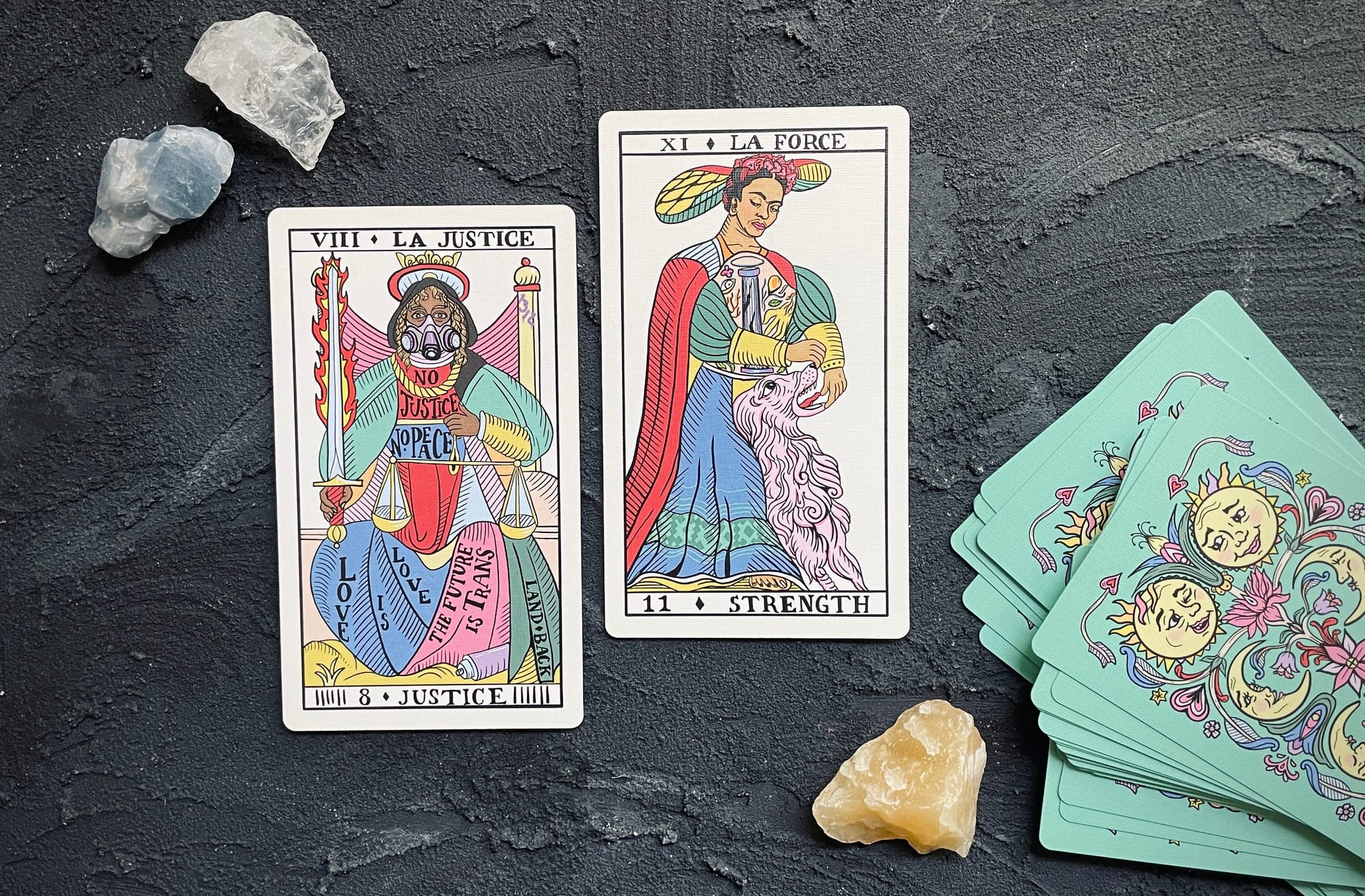
following this tradition, marseille-style decks created today (including the gay marseille deck, pictured here) keep justice as key eight, and strength as key eleven.
but arguably, one of the oldest and most enduring traditions of tarot is people looking at the cards and making the deck their own: bringing in their personal interpretations, experiences, perspectives, and biases. and nearly two centuries later, the hermetic order of the golden dawn decided that they wanted to mix the established order up.
there's a lot of writing about the golden dawn, but the tl;dr here is that this group of occultists believed that there were neat, tidy correspondences for the tarot that matched up with their own astrological, numerological, and cabalistic beliefs — many of which had roots in the work of a few french occultists from the 1700s. and golden dawn member arthur waite, the developer of the 1909 rider-waite-smith pack (who worked with artist pamela coleman smith), decided to swap justice and strength's positions in their deck to better reflect his own esoteric beliefs and personal astrological preferences.
by putting strength in position eight, this archetype aligned more neatly with the fixed fire of leo, and associated justice with the later sign of cardinal air, libra. in doing so, the rider-waite-smith deck established a new tradition that has been replicated in the hundreds of tarot decks that have been published since.
from a numerological perspective, eight is a number of power, discipline, ambition, success, focus, intentionality, and resourcing, while eleven reduces to two and is associated with duality, partnership, choices, balance, intuition, and authenticity. if you work with numerology in your tarot practice, this means that the order you prefer could have a sizable impact on your interpretations of these two archetypes.
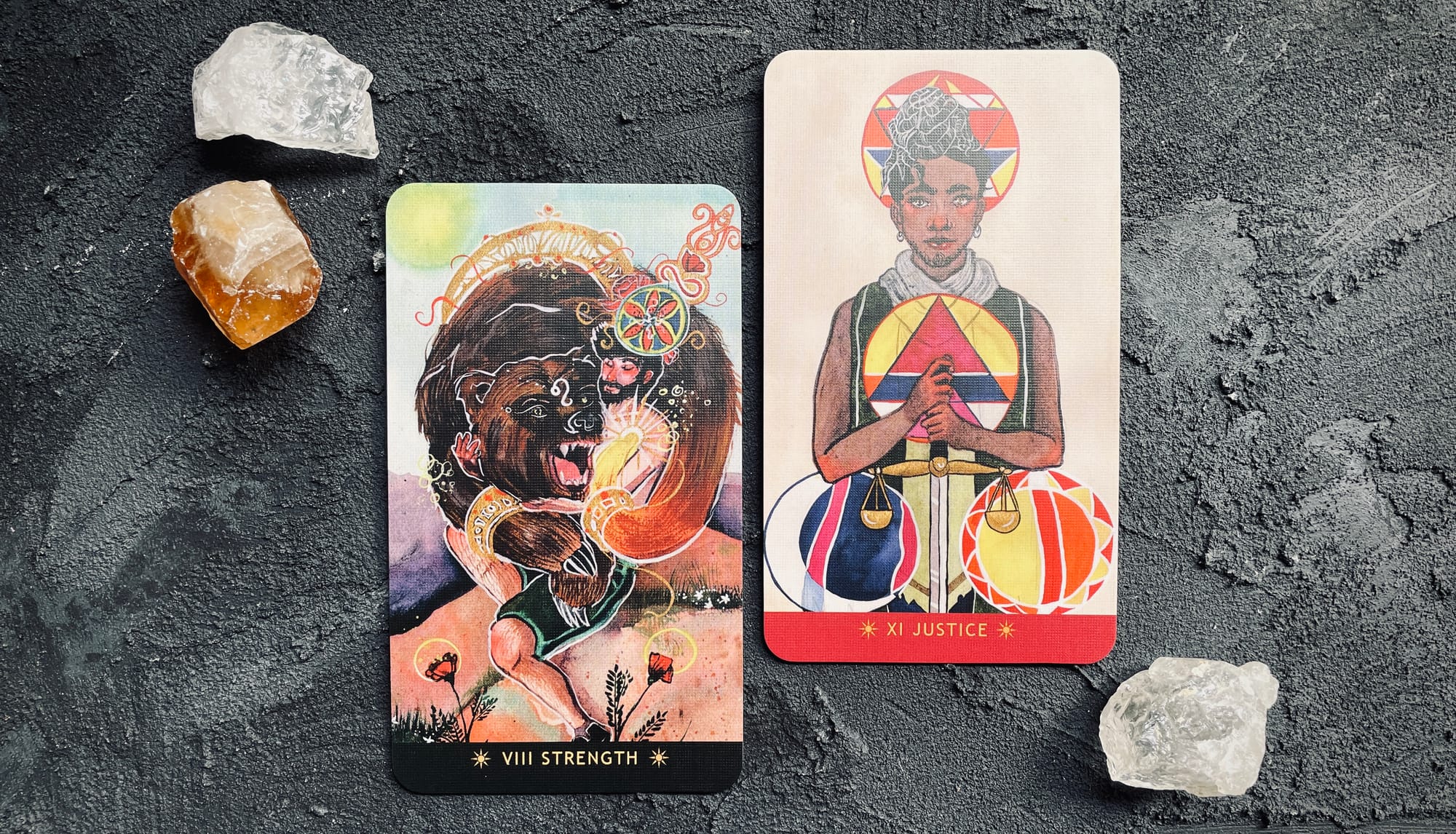
what does all of this history mean for you, as a tarot reader, working with the cards today? essentially, it means that whichever order you prefer, there's historical basis for it, and are plenty of people who will agree with you. the tarot de marseille order is older, but the rider-waite-smith order is more commonly used. that means that you, dear reader, can do whatever the hell you like.
personally, i have found that while i'm generally a marseille-style reader (in that i prioritize numerology and elemental associations over commonly-accepted RWS keywords), i prefer to read strength in the eight position, and justice in the eleventh. this isn't because i particularly like the order of the golden dawn correspondences, but rather because in my own interpretation of the broader story of the major arcana, strength coming first simply makes more sense for me. i read strength as perseverance and patience, using internal resources towards a specific goal. and this allows justice, a complex archetype that i associate with balance and choice and broader external impact, to follow a few cards later.
however! the beauty and magic and pleasure of tarot is that you can decide for yourself which order you prefer — or you can use both, and base your reading on the deck that you're using at the time. if that feels frustratingly open-ended for you, or if you are someone that craves a definitive choice on the matter for any reason, i would invite you to take some time with each archetype, and explore the following questions:
what does strength as an archetype mean to you? how do you understand it? what influence does it have on the story of the fool? what does justice as an archetype mean to you? how do you understand it? what function does it serve in the major arcana's narrative?
how do you understand the full story of the major arcana, and how does the story shift depending on which positions you use for strength and justice? which one makes more sense to you, as a reader? how does numerology and your understanding of both two and eight influence your personal interpretations of these cards? and how could allowing flexibility in your order preferences give both of these archetypes the opportunity to expand and evolve in your practice?
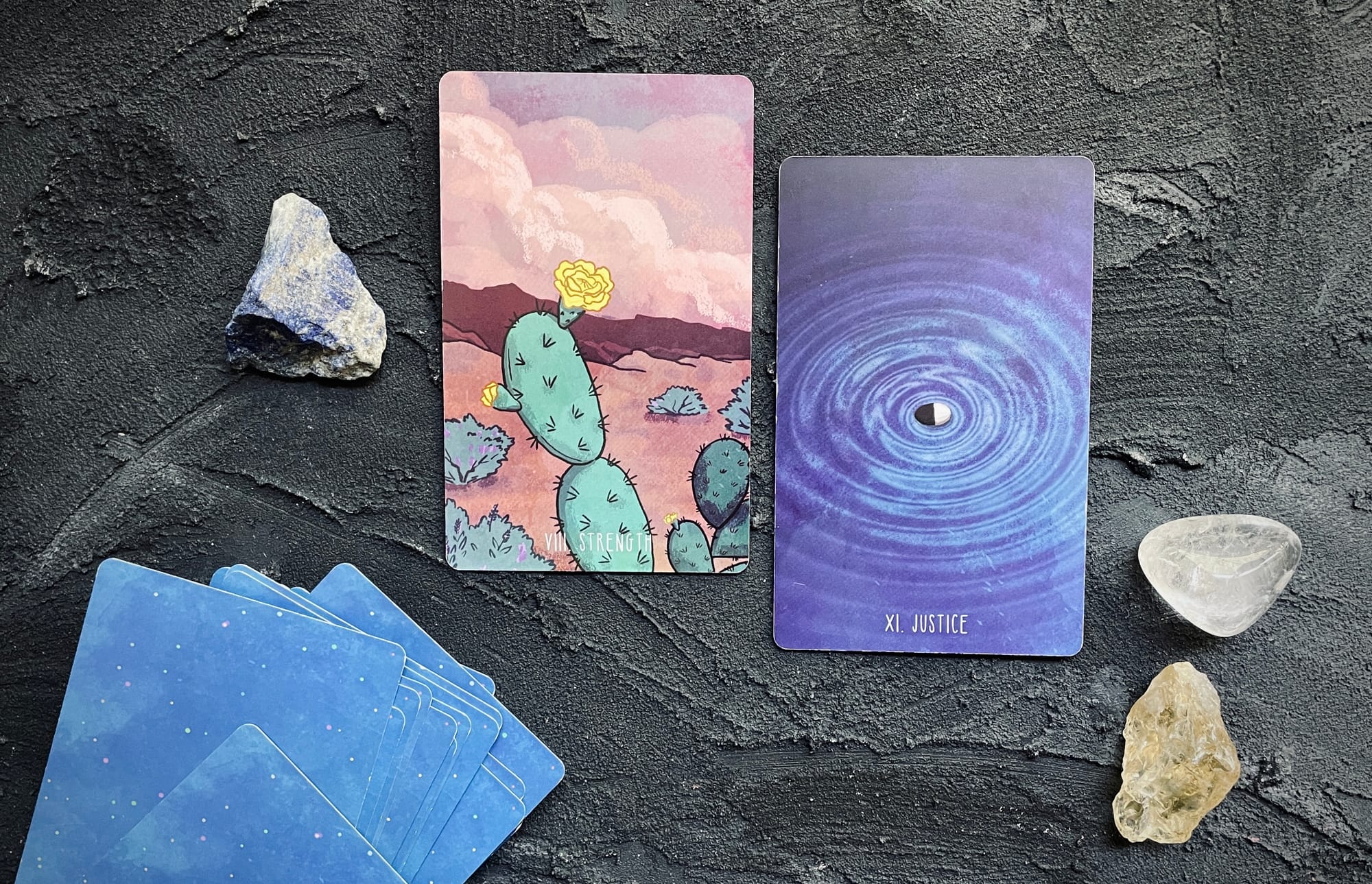
using tarot to tell stories, and understanding the stories that already live within the tarot, are powerful skills. i explored this concept more broadly in a recent CARD TALK podcast episode, but i'm also offering much more depth in my upcoming next level tarot lecture series, which you can pre-order now.
and if you'd like to spend more time with strength and justice as a pair, and use them as lenses to examine the rest of the tarot deck, my next study container resources & resilience begins tomorrow, on july 1. we'll dig into both of these archetypes together, and use them as a starting point to engage with the tarot more deeply.
do you have a strong preference for where strength and justice each fall in the major arcana? why or why not? let me know in the comments, and thanks for reading!

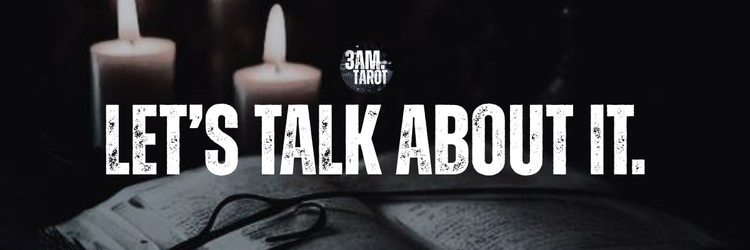

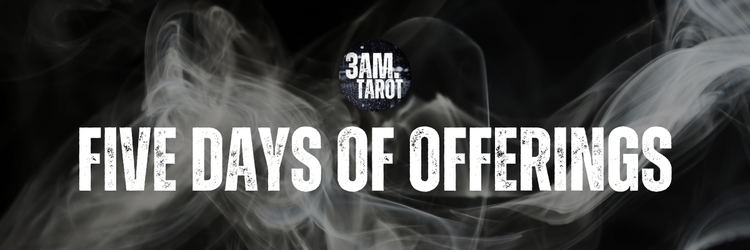

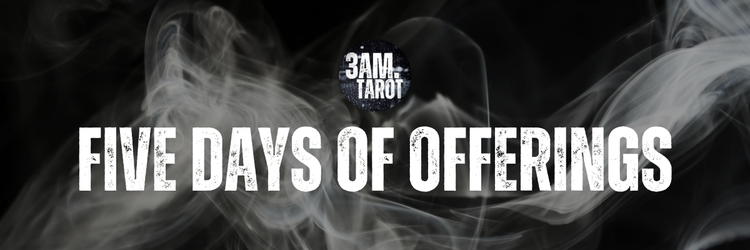
Member discussion